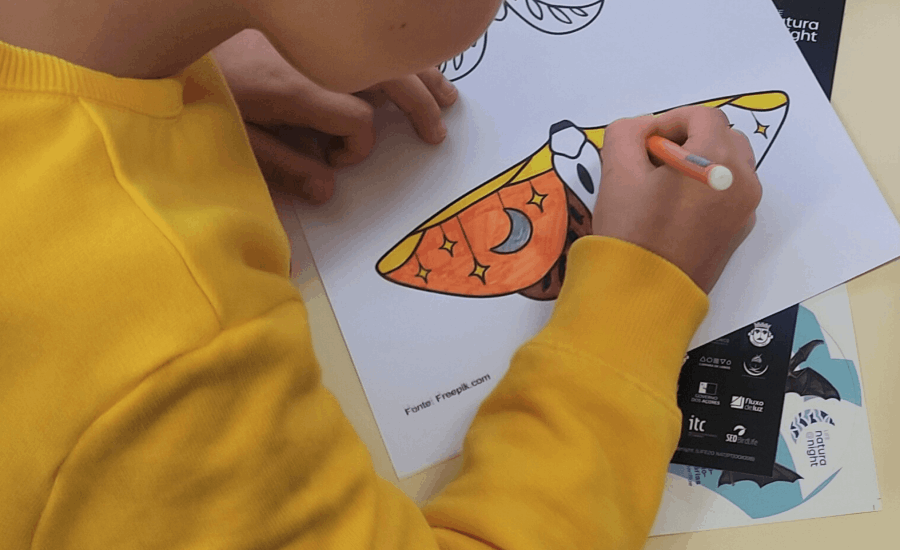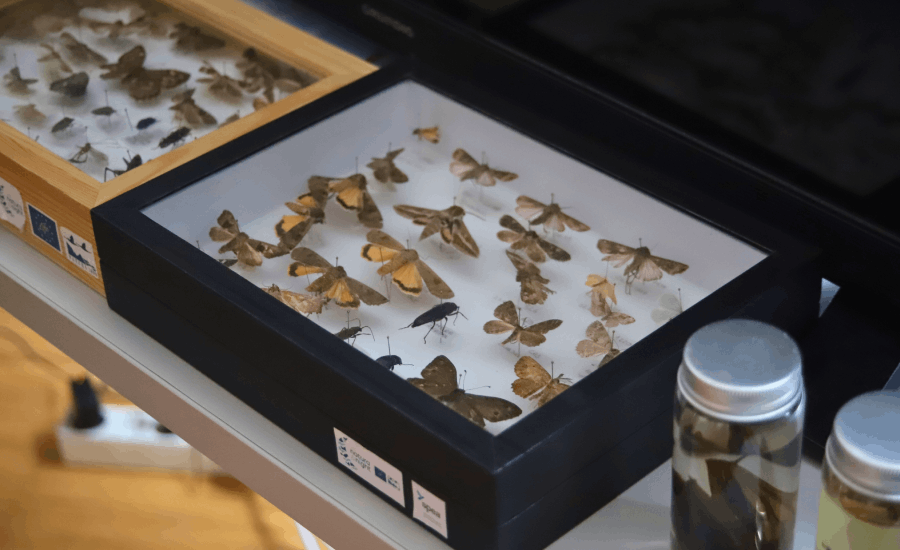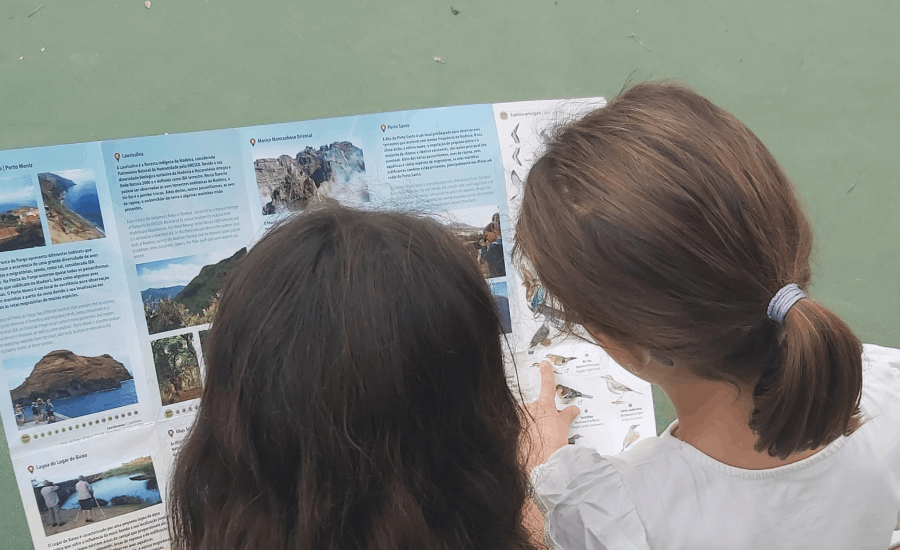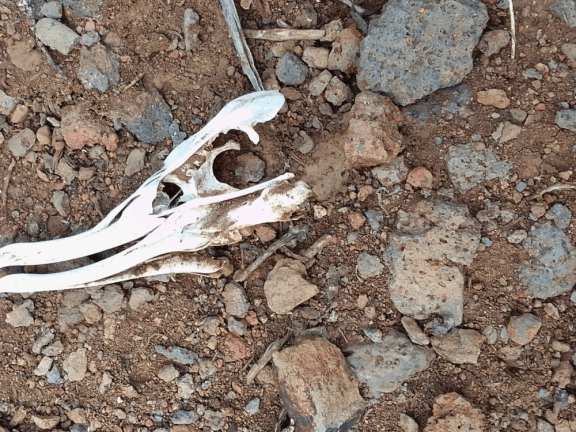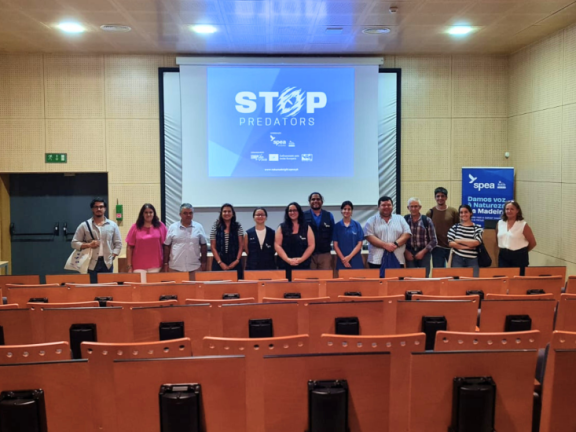Environmental education is a fundamental pillar for ensuring the conservation of birds and the sustainability of their habitats. It depends on raising awareness and the active participation of everyone, which is why the involvement of children and young people is essential for building a future in which biodiversity can be valued and protected.
Aimed at students from preschool to high school, and in addition to responding to SPEA’s lines of action, it fits into the three strategic axes of the 2020 National Environmental Education Strategy (ENEA) – decarbonizing society, making the economy circular, and valuing the territory – and is also part of the National Strategy for Citizenship Education (ENEC), under the theme “Sustainable Development.” It is also aligned with the United Nations 2030 Agenda, contributing to the Sustainable Development Goals (SDGs) related to quality education, sustainable cities and communities, climate action, protection of marine life, and protection of terrestrial life.
Within the scope of the LIFE Natura@night and STOP Predators projects, attention is focused primarily on the nocturnal biodiversity of the Madeira archipelago, which faces threats such as light pollution and the presence of introduced predators, including rats, cats, and ferrets.
Biodiversity encompasses all life on the planet, from small insects to large predators, with each species being essential to the balance of ecosystems. Many nocturnal species, such as seabirds, bats, and moths, remain active during the night and are particularly vulnerable to light pollution, which can disorient them, alter their biological rhythms, compromise their reproduction, and even lead to death. Added to this are the threats posed by terrestrial predators and invasive plants, which endanger more fragile species, such as seabirds that nest near the coast.
The plan also includes the ongoing LIFE Freiras projects, coordinated by the Institute of Forests and Nature Conservation (IFCN), focused on the conservation of the Madeira long-tailed tit, its habitat, and mitigation of threats, and INTERREG MAC CircularOcean, coordinated by the Directorate General for Climate Change and Energy of the Canary Islands Government, raising awareness of the threat of marine litter and its impact on ecosystems, as well as the importance of implementing circular economy-based strategies for managing this waste.
These topics are initially presented through a theoretical explanation, followed by practical activities such as the game “Who am I?”, in which each student receives a card representing a species or threat and, through ‘yes’ or “no” questions, tries to figure out who they are; and “biologist for a day,” in which, using a magnifying glass, students will observe the morphological characteristics of different animal groups and learn how to search for and identify signs of their presence, among other things.
With this plan, Madeiran students of all ages will have the opportunity to learn more about the species that inhabit their archipelago, understand the challenges they face, and grow as conscious and proactive citizens in defending Madeira’s environment and natural heritage.
Environmental Education Plan for the 2025/26 school year
